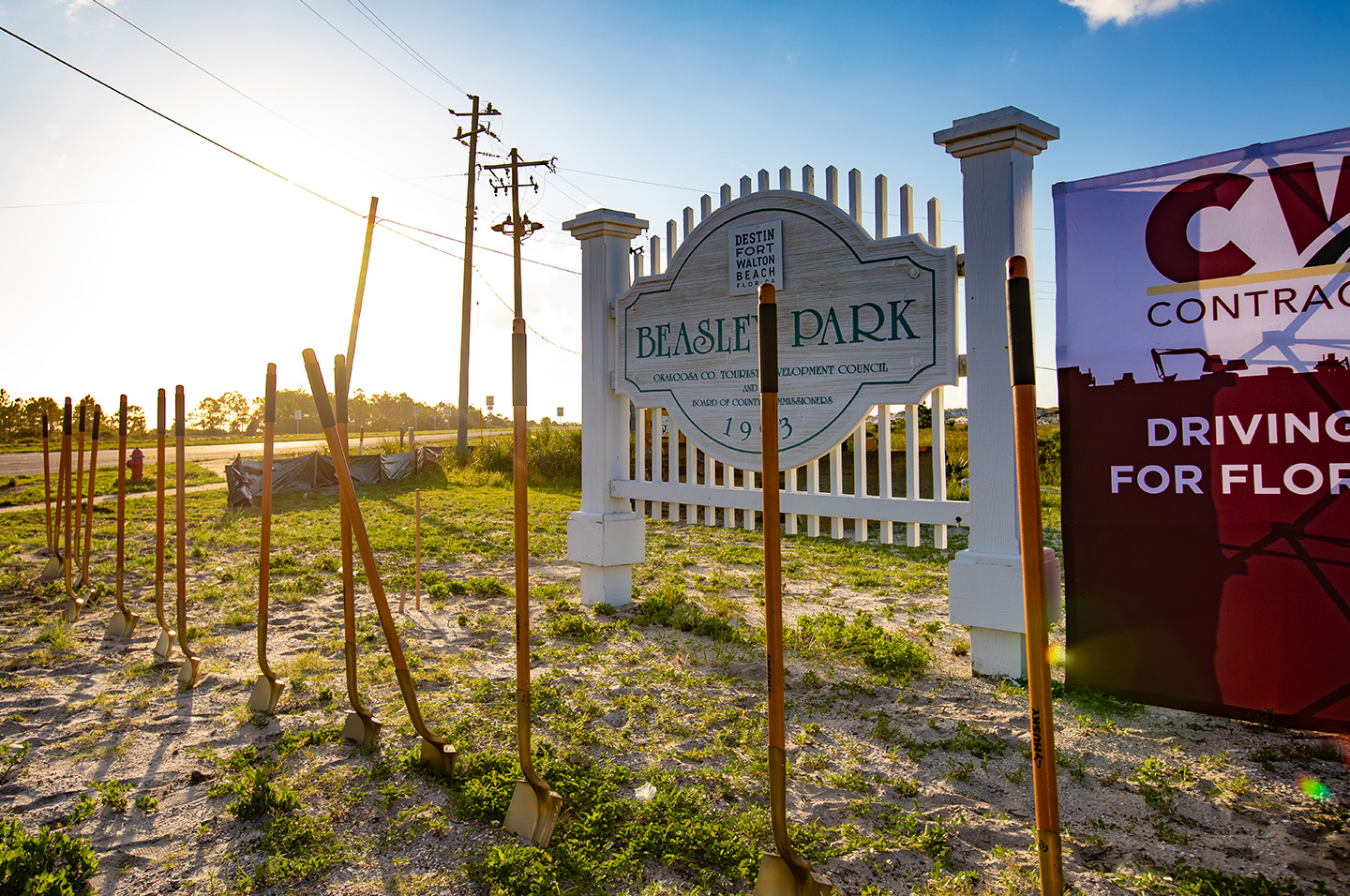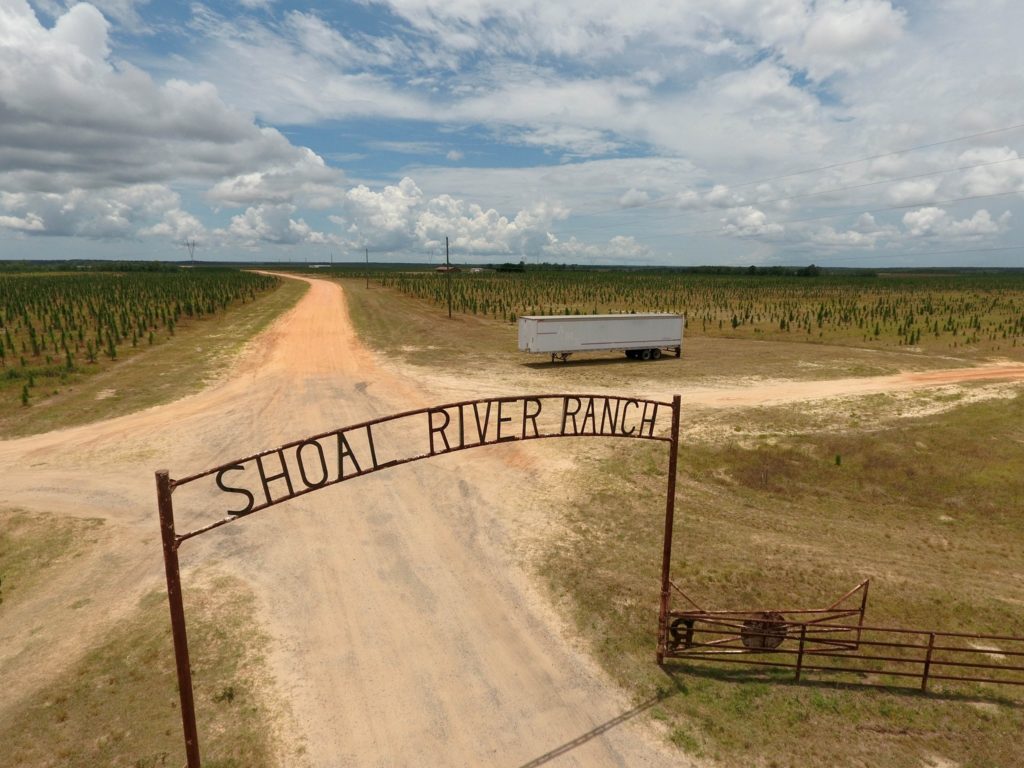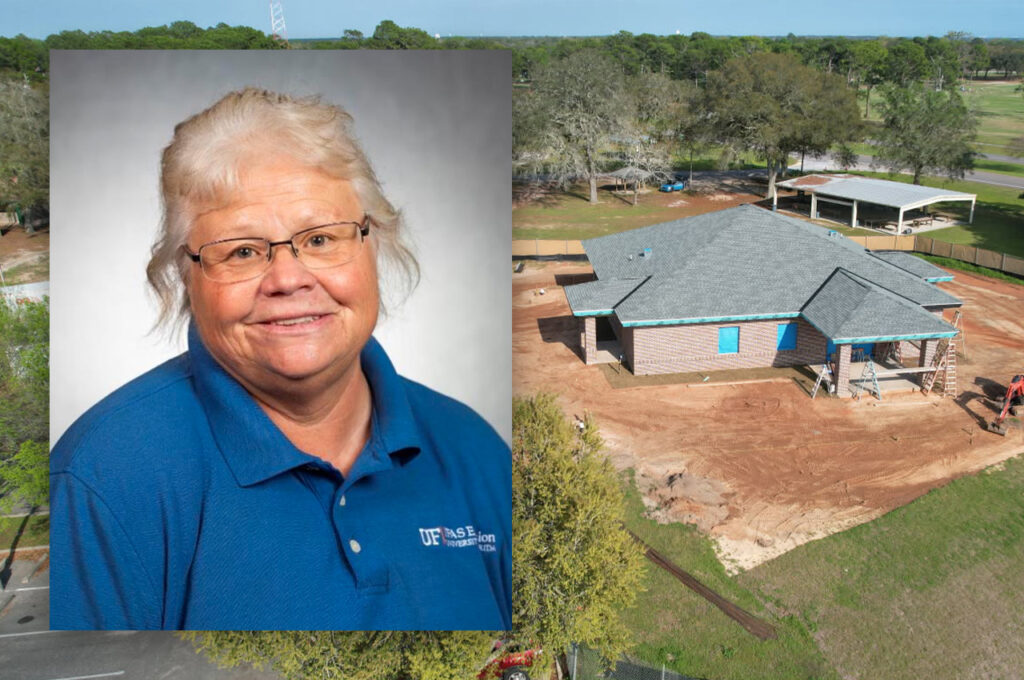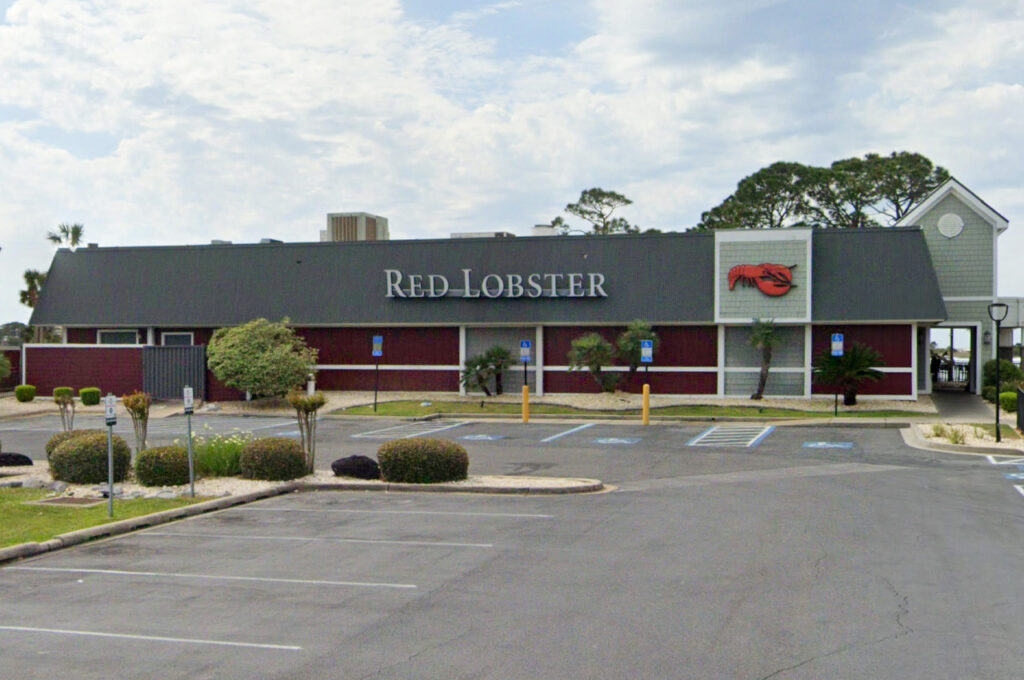Okaloosa County officials and community leaders gathered Monday morning to break ground on a new multi-use path that will feature photoluminescent technology, marking a first for the state of Florida.
- The ceremony, held at 7 a.m. on July 8, 2024, at Beasley Park on Okaloosa Island, celebrated the start of construction on the four-mile path connecting Brooks Bridge and Marler Bridge.
Commissioner Carolyn Ketchel, who has championed the project for five years, revealed an exciting feature of the new path. “We will be the first in the great state of Florida to have four-and-a-half miles of photoluminescent rock,” Ketchel announced. “At night, it’s going to glow a nice blue.”
Public Works Director Jason Autrey explained the innovative technology: “It’s really a glow-in-the-dark rock. They’ll put the asphalt down, throw this rock on top, spread it out, and when they roll it, it embeds in the top.” Autrey added that the blueish-teal color was chosen to mimic the local waters.
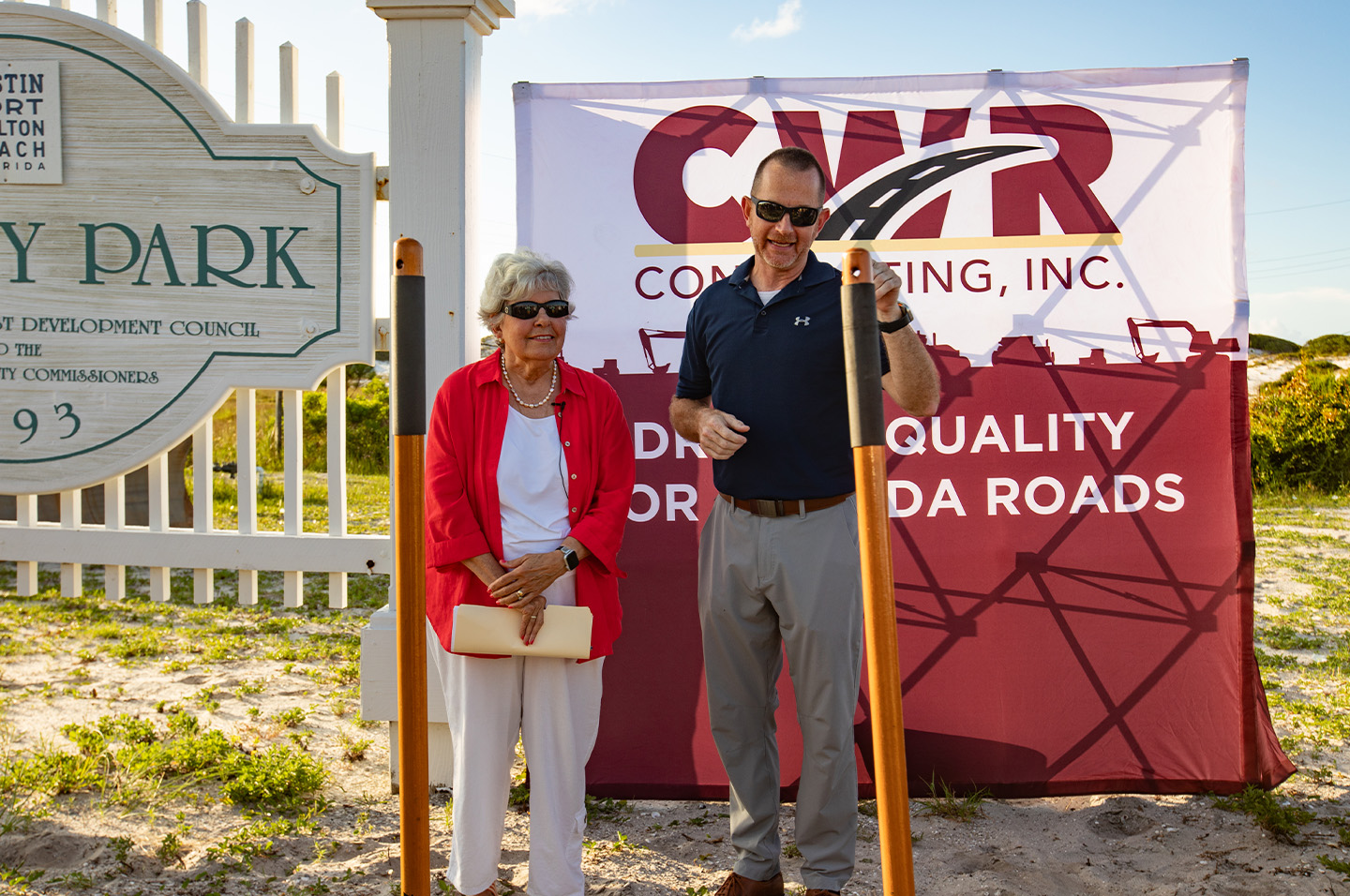
The project, aimed at improving safety and recreation, has been a collaborative effort. Ketchel acknowledged key contributors, including Dale Marks, Executive Director of the 96th Test Wing, Air Force Materiel Command, for his crucial role in moving the project forward.
- Other leaders responsible for making this project a reality included Rep. Patt Maney, Commissioners Mel Ponder, Nathan Boyles, and Paul Mixon, and developer Jay Odom, who made a private donation to support the project many years ago.
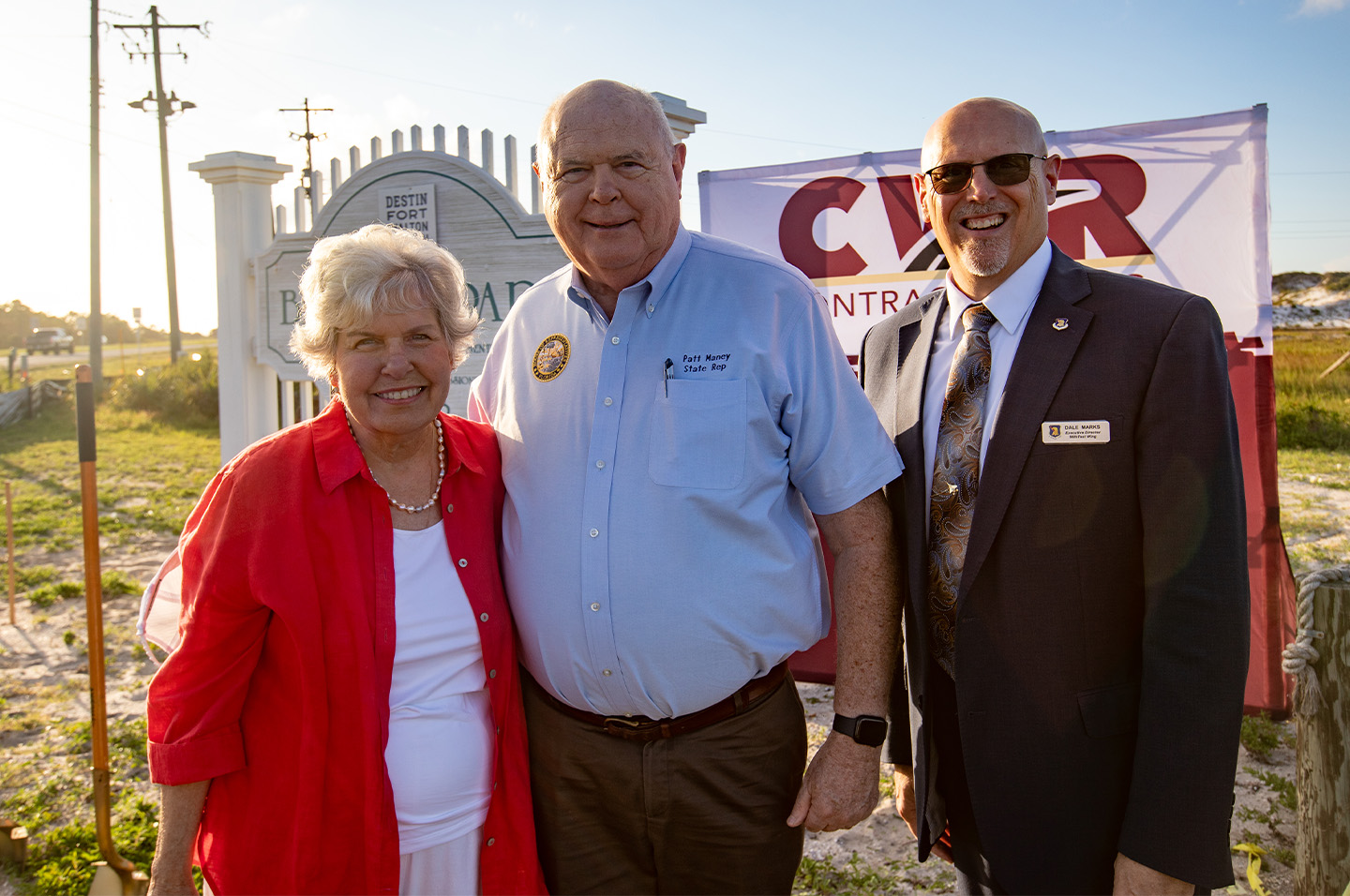
The Okaloosa Board of County Commissioners unanimously approved a $3.7 million contract with C.W. Roberts Contracting Inc. in May 2024 for the path’s construction.
- The 12-foot wide path will offer cyclists and pedestrians a protected route along U.S. Highway 98, with plans including shoulder and parking area stabilization.
“We’re making this stretch of Highway 98 safe, and it will make a difference in the lives of those who need to travel to work or for their recreation,” Ketchel stated, emphasizing the path’s importance for residents, military personnel, and visitors.
The project, funded through multiple sources including tourism revenue and an FDOT grant, is expected to be completed and open to the public in early 2025.
